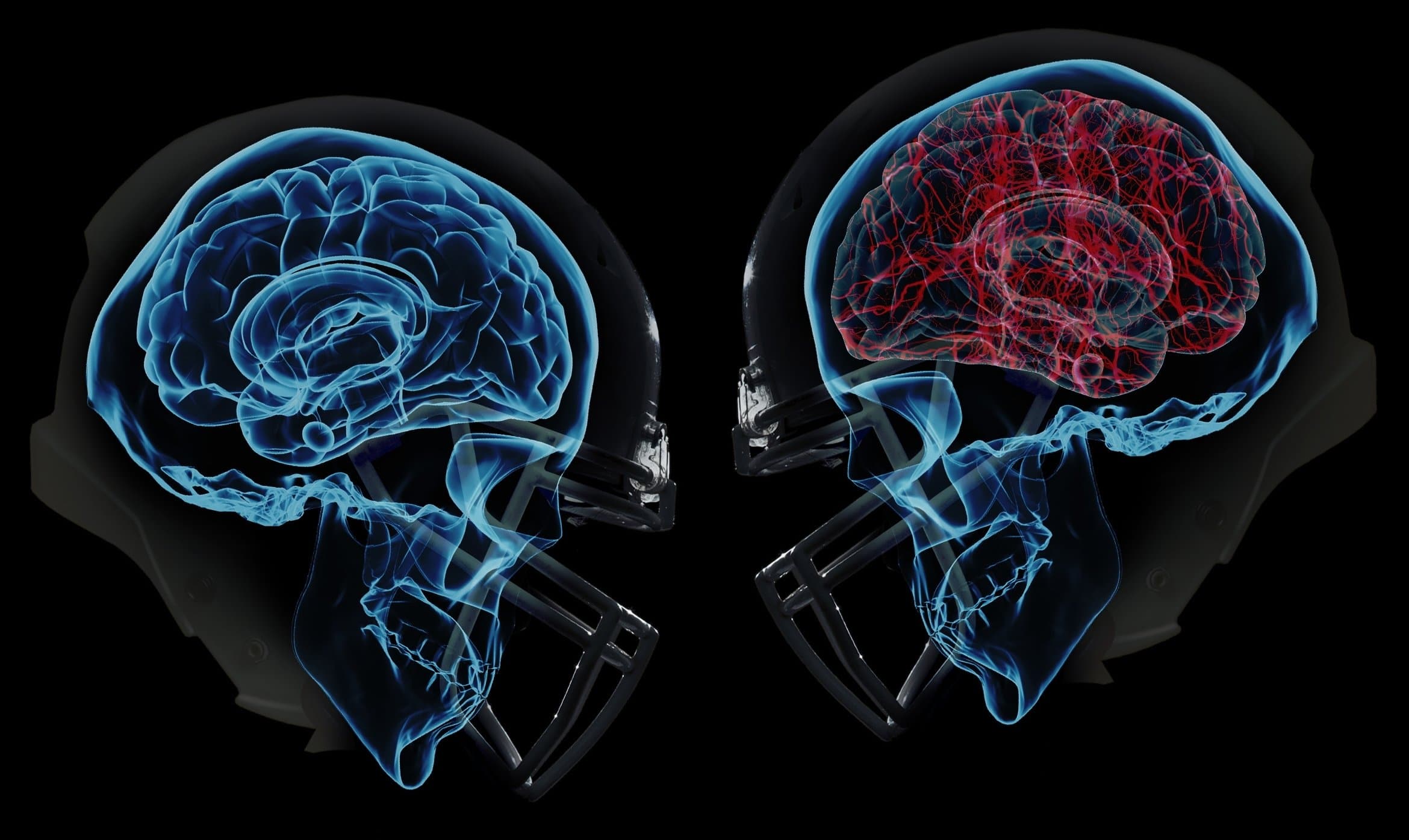Nicole Anzia launched her organizing company, NeatNik in 2007. Ever since, she’s used her innate organizing ability and entrepreneurial spirit to help clients all over DC area simplify their lives. She believes that when people feel in control of their surroundings, they are better able to reach personal and professional goals — and they can spend more time doing the things they love. Nicole also writes a monthly organizing column for The Washington Post. Nicole lives in Washington DC with her husband and two daughters.
Spring-cleaning means different things to different people. For some people, this time of year is a chance to de-clutter surfaces, straighten up the home office and clean out their closet. To others, this is a chance to do some serious deep cleaning – windows, appliances, furniture and rugs. There is no right or wrong way to spring clean your house – do what needs to be done and feels right to you.
On my spring-cleaning/to-do list this month
1) Take things out of my kitchen drawers and cabinets and wipe out the insides. And I’m only going to put back the items I need and use.
2) Wipe out the insides of the garbage and recycling cans in my kitchen.
3) Remove things from my vanity’s cabinets and drawers, wipe out the inside and re-organize the contents.
4) Remove everything from the floor of our coat closet, clean the floor, and throw away or donate any shoes or boots that no longer fit or have not been worn in the past 6 months.
5) Clear off my desk and wipe the surface clean. Cull papers and file papers from the past 3 months.
6) Wash my pillows, pillow covers, and mattress cover.
7) Wash throw blankets and have furniture and area rugs deep cleaned.
8) Wipe down baseboards and doors.
9) Throw away old and expired food from my pantry. Wipe off shelves and make a list of what needs to be re-stocked.
10) Discard all old newspapers and catalogues. Remove myself from the mailing lists of at least 5 company’s catalogues.
The change of seasons is a perfect time to clean and organize your home. It’s an opportunity to get things in order and head into the warm spring and summer months feeling in control and refreshed.


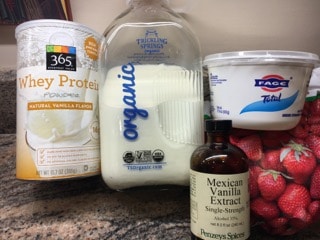
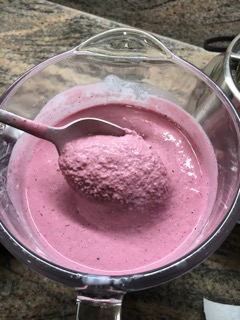
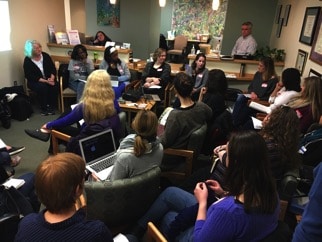
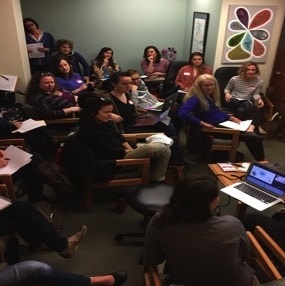

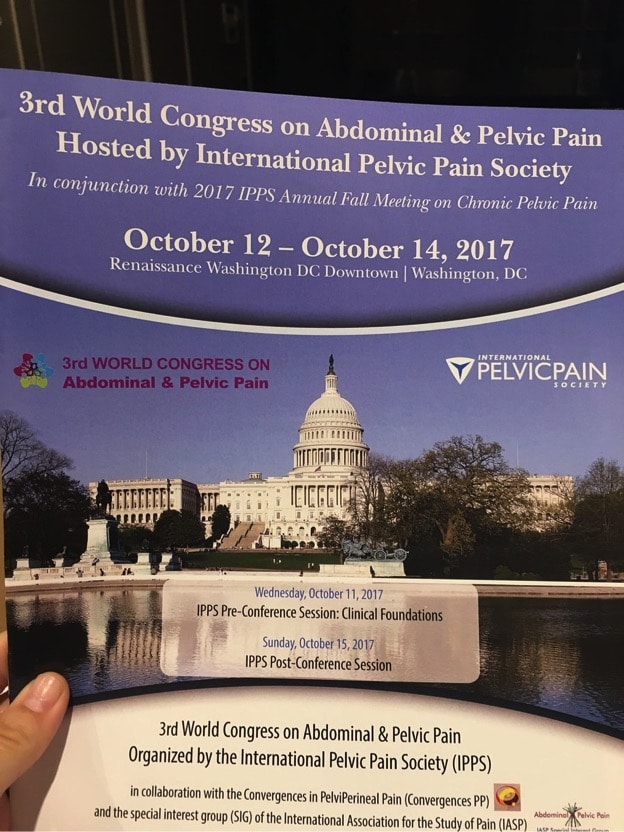
 I
I

